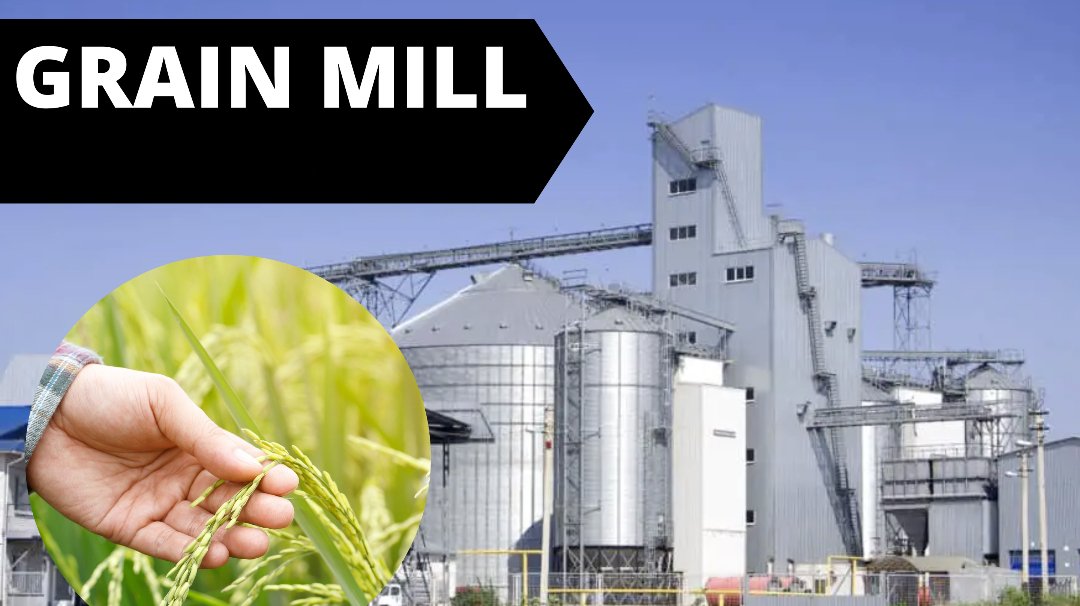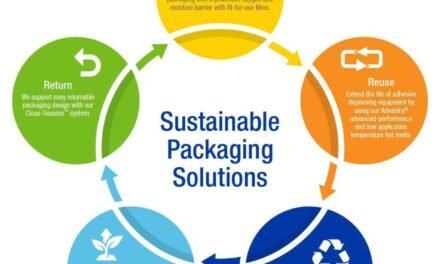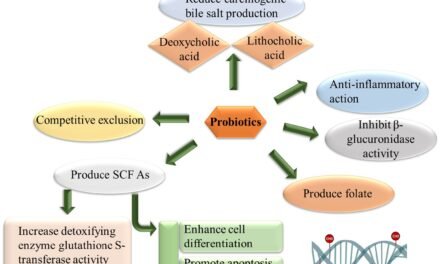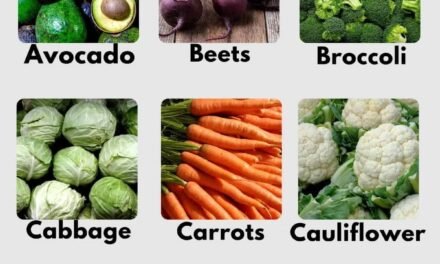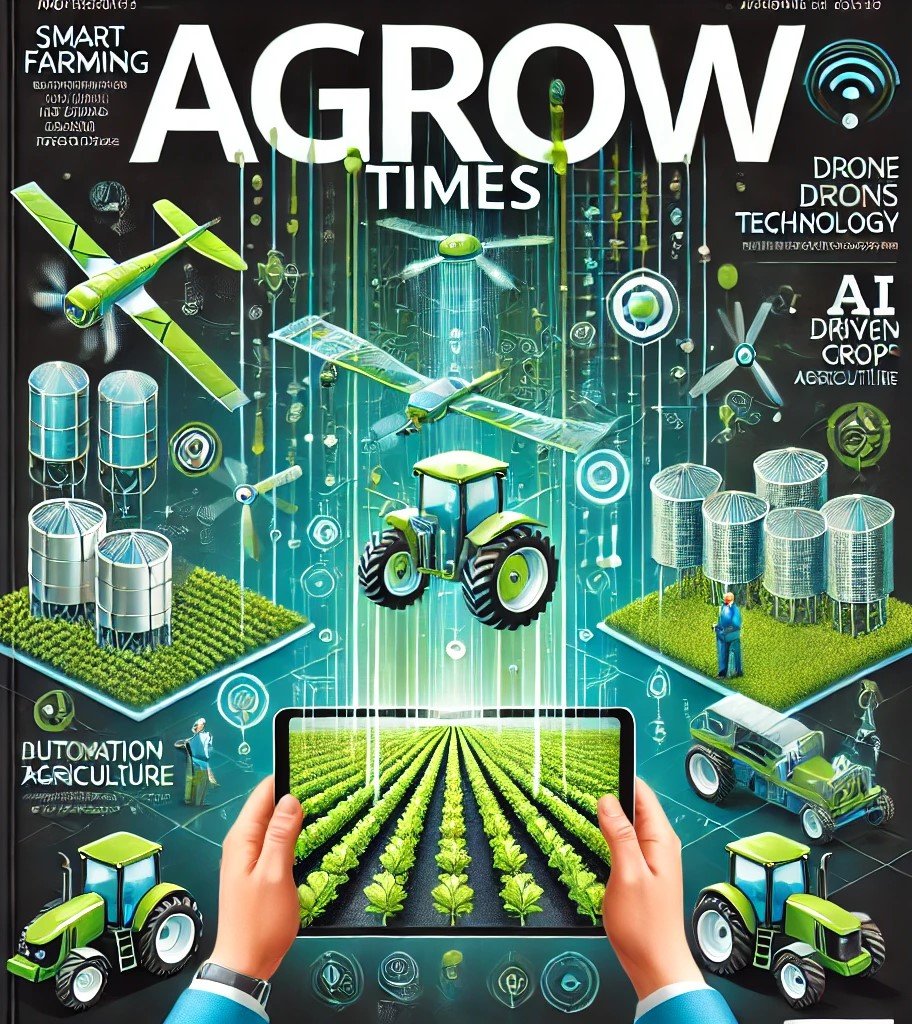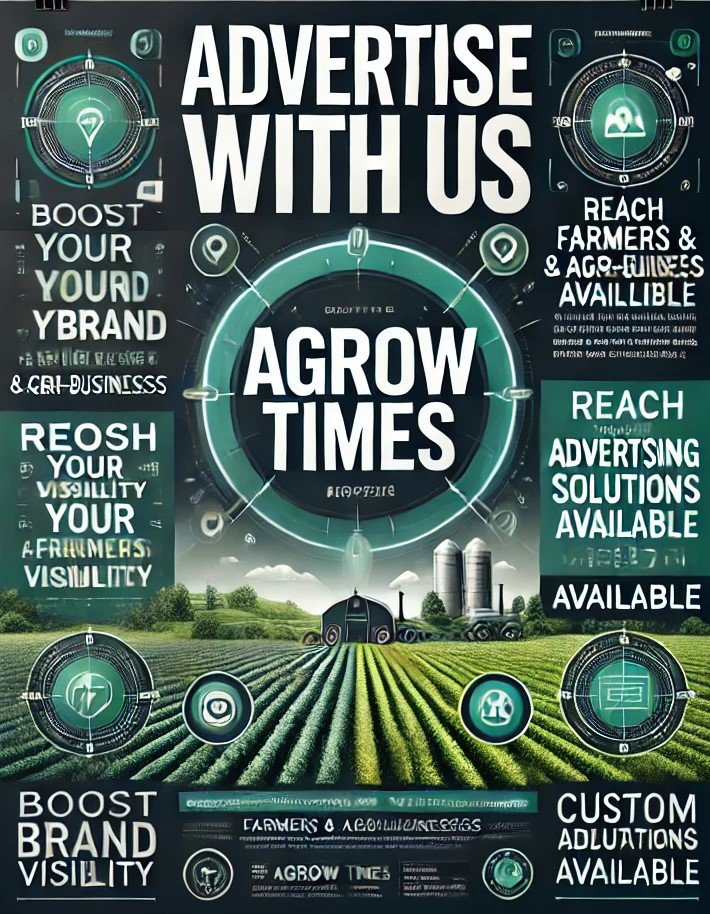The grain milling industry faces a variety of challenges that can affect efficiency, product quality, and profitability. Here are some of the key challenges:
1. Fluctuating Raw Material Prices
- Cause: The price of grains such as wheat, corn, and rice can be volatile due to factors like weather conditions, crop yields, and geopolitical issues.
- Impact: Price volatility can make it difficult for milling companies to predict and control production costs, affecting overall profitability.
2. Supply Chain Disruptions
- Cause: Global events like pandemics, natural disasters, or political instability can disrupt the supply chain, leading to delays or shortages of raw materials or packaging supplies.
- Impact: Disruptions increase costs, cause delays, and can hinder the ability to meet customer demand.
3. Quality Control and Consistency
- Cause: Variability in the quality of raw grains due to different growing conditions (e.g., weather, soil quality) can result in inconsistent milling outcomes.
- Impact: Maintaining consistent product quality in terms of texture, flavor, and nutritional content can be challenging, potentially affecting consumer satisfaction and brand reputation.
4. Technological Upgrades and Automation
- Cause: Continuous advancements in technology require milling companies to invest in new equipment, software, and automation systems.
- Impact: The high cost of upgrading machinery, along with the need for skilled labor to operate advanced technology, can be a barrier for smaller mills.
5. Labor Shortages and Skills Gap
- Cause: The grain milling industry faces a shortage of skilled labor, particularly with the aging workforce in certain regions.
- Impact: Difficulty finding skilled workers for specialized tasks like equipment maintenance and quality control can lead to inefficiencies and higher labor costs.
6. Environmental and Sustainability Pressures
- Cause: Increasing demand for environmentally friendly practices is pushing the grain milling industry to reduce its carbon footprint and waste production.
- Impact: Achieving sustainability goals requires investment in energy-efficient technologies, waste management systems, and green packaging solutions, which can be expensive.
7. Regulatory Compliance
- Cause: Grain milling companies must adhere to a range of local, national, and international regulations regarding food safety, labeling, and environmental standards.
- Impact: Non-compliance with regulations can result in fines, product recalls, and damage to a brand’s reputation, requiring constant monitoring and adjustment of practices.
8. Consumer Demand for Healthier Products
- Cause: Growing consumer preferences for organic, whole-grain, gluten-free, and non-GMO products are pushing the grain milling industry to diversify.
- Impact: Adapting to these trends requires new sourcing, processing technologies, and product innovation, which can involve additional costs.
9. Competition in the Global Market
- Cause: The grain milling industry is highly competitive, with large, well-established players dominating the market.
- Impact: Smaller mills face challenges competing on price and efficiency, leading to the need for differentiation through product innovation, quality, or regional advantages.
10. Climate Change and Agricultural Variability
- Cause: Climate change leads to unpredictable weather patterns, which can affect crop yields and the quality of raw grains.
- Impact: Droughts, floods, or temperature fluctuations can result in lower yields and increased costs, forcing mills to find alternative sources or adjust their processing methods.

